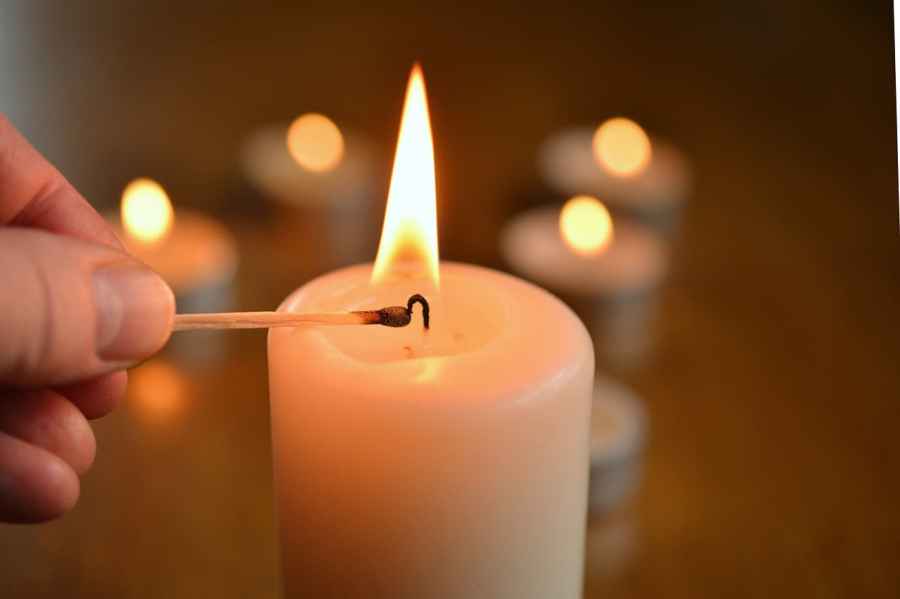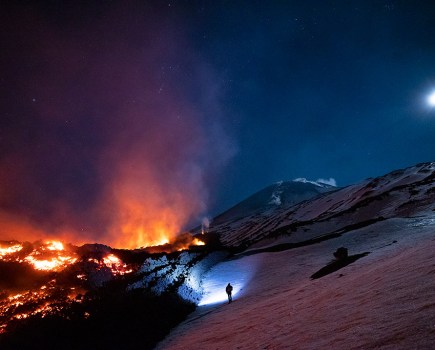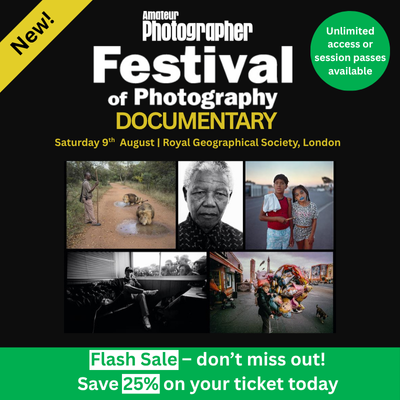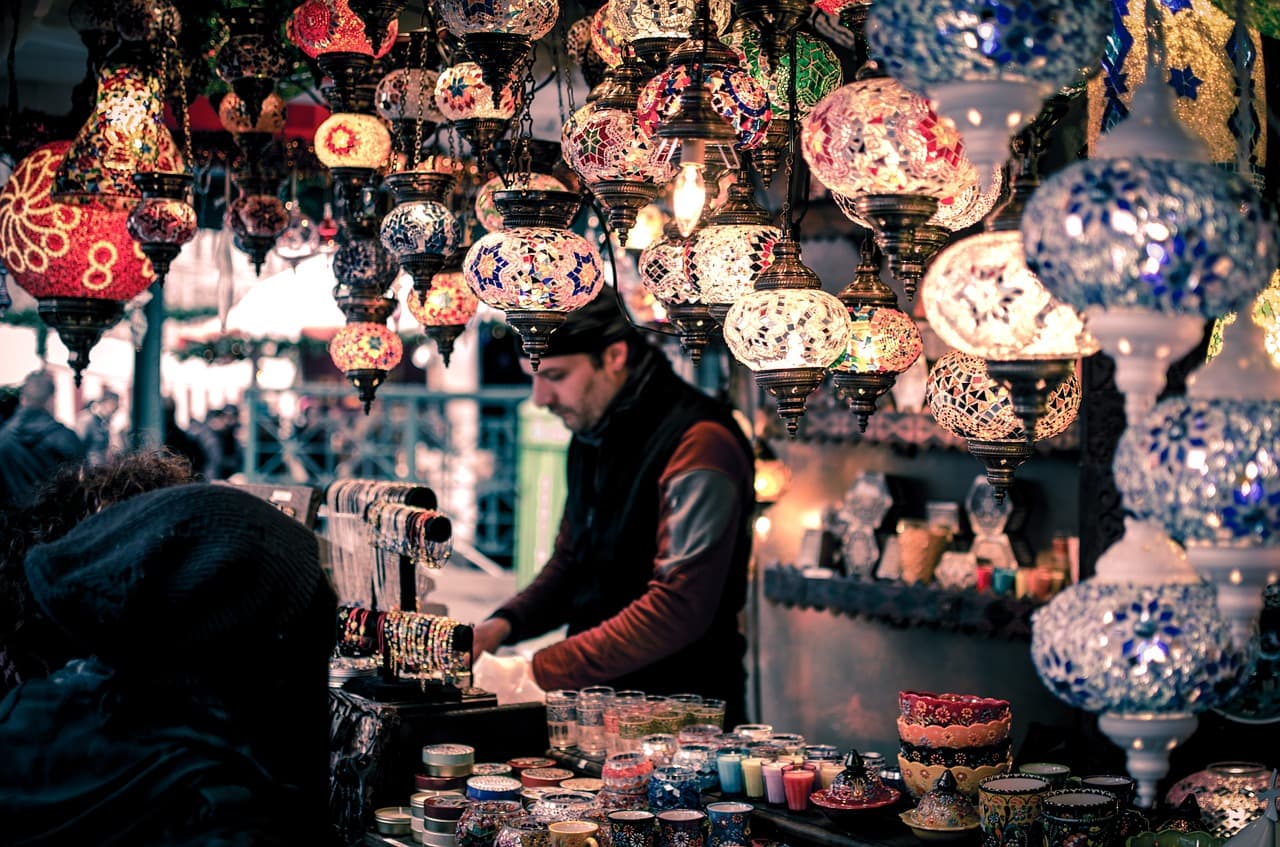
Candlelight portraits can take many forms, but they often produce a soft portrait. Via Pixabay
It can be rather challenging to work with, but the warm glow of candlelight can produce soft, atmospheric, low-key portraits.
With the shorter days, potentially plenty of candles dotted around the house over the festive period and a host of willing subjects, Christmas is the perfect time to try this technique.
Here’s what you need to consider.
1. Lighting candlelight portraits
As with any light source, the positioning of your candles will affect how your subject is illuminated. A single candle, or two or three grouped tightly together and close to your subject, will produce stronger shadows than if they are spread out and further away from your sitter.
While you might just want to have a single candle in the shot, there’s no harm in having a few more out of frame burning away to really boost that warm glow.
With the candles set up, the rest of the room should be left in total darkness. Switch off lights in adjoining rooms, too, as these may interfere with your shot.
2. Bounce light
With minimal light levels, don’t be afraid to bring out a reflector and try to reflect what little light you have at your disposal back onto your subject.

Via Pixabay
3. Lens choice
It goes without saying that you’re going to be working in minimal light. While you can try shooting with a variable and slow maximum aperture zoom lens, life will be much easier if you reach for a fast prime.
An affordable 35mm or 50mm f/1.8 is perfect for this, as it will not only let you work at lower ISOs, but also your viewfinder will be that bit brighter. A fast telephoto zoom such as a 70-200mm f/2.8 is also a good candidate, although its use will depend on the working distance in the room.
4. Use a tripod
Even if you’re pretty confident handholding in low-light conditions, it’s worth popping your gear on a tripod to rule out the risk of camera shake. If you have one, a remote release is recommended, so when you fire the shutter you don’t inadvertently nudge the camera.
Continues below…
[collection name=”small”]
5. Exposure for candlelight portraits
Shooting in aperture priority, you’ll ideally want to be close to or at your lens’s maximum aperture. If you’re using a prime, that should be around f/1.8. With that done, you now need to dial in your ISO – a good starting point is around ISO 800. You want to aim for a shutter speed of 1/60sec or faster. While you may have your camera firmly on a tripod, there’s still the risk that your subject might move ever so slightly, so you’ll want to use a shutter speed that’s as fast as possible.
6. White balance
If you shoot in auto white balance, your camera will try to neutralise the warm glow from the candlelight, removing all that atmospheric warmth you’ve worked so hard to achieve. Instead, try setting your camera to tungsten to retain the original mood of the shot – working in raw will allow you to fine-tune this later in post-production.
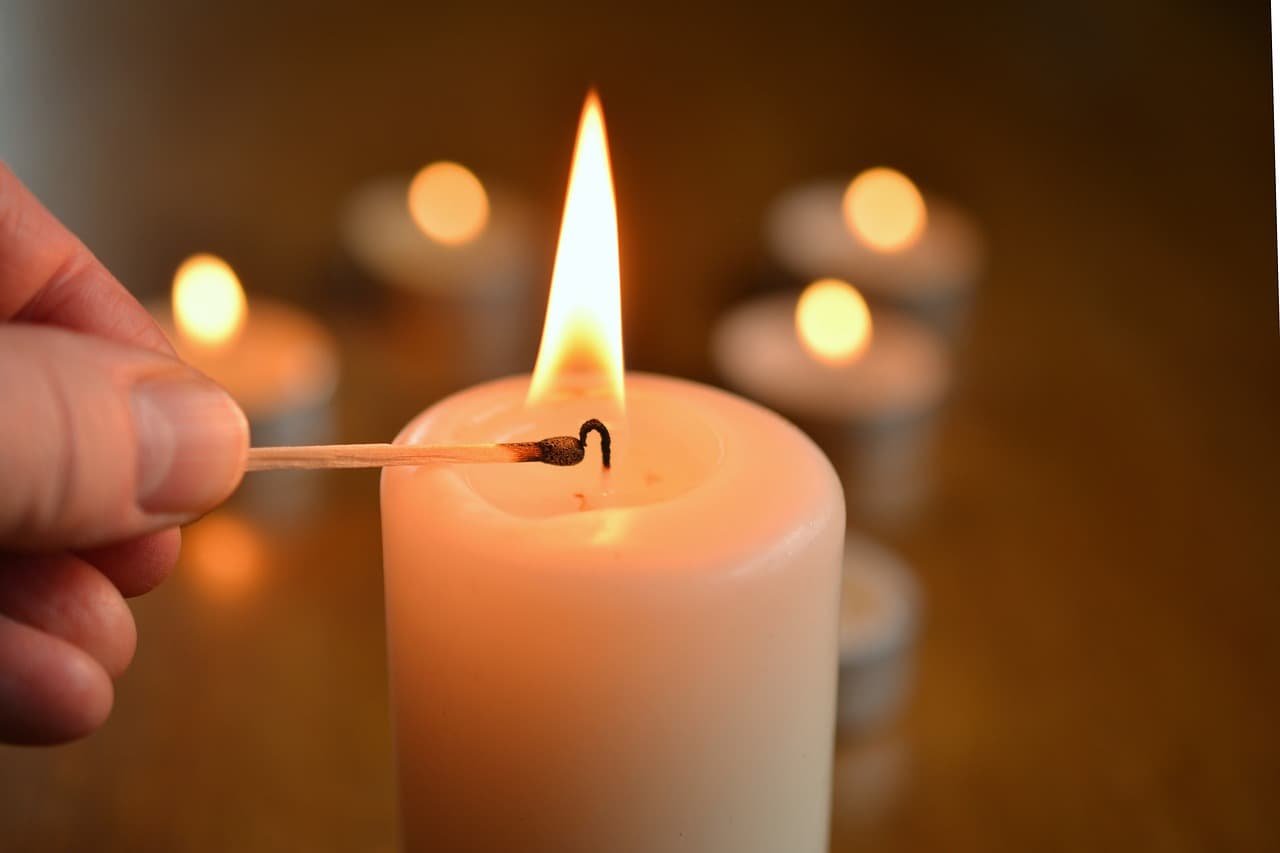
Via Pixabay
7. Metering
If there are candles in your shot, your camera may attempt to overexpose the scene. Review your image and, if it’s too light, deliberately underexpose the shot with exposure compensation or swap to manual mode for complete control.
8. Avoid draughts
When shoot a candlelight portrait, try to find somewhere in the house that isn’t susceptible to draughts as they can easily make your candles flicker and ruin your shot.
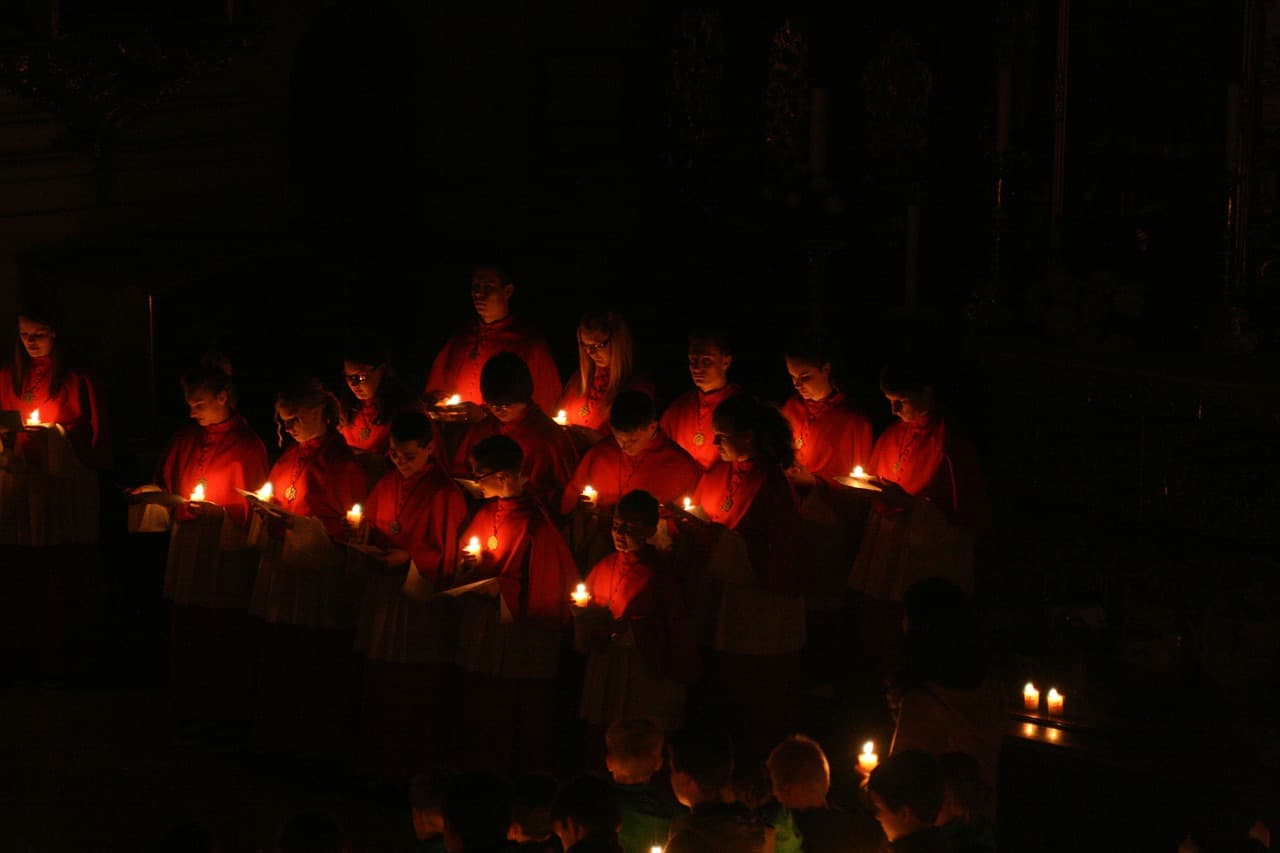
Candlelight portraits can be taken in a variety of different venues. Via Pixabay
9. Try firelight
Open fires offer fantastic opportunities if you have one in your house – alternatively, it’s a good excuse to pop to your local pub, where one may be roaring away – with their warm light offering similar atmospheric shots.
10. Safety first
It goes without saying, but working with naked flames in the dark does have its dangers. Use common sense and be aware of your surroundings, be careful with your props and have something to hand to extinguish the flame in the event of an accident.

